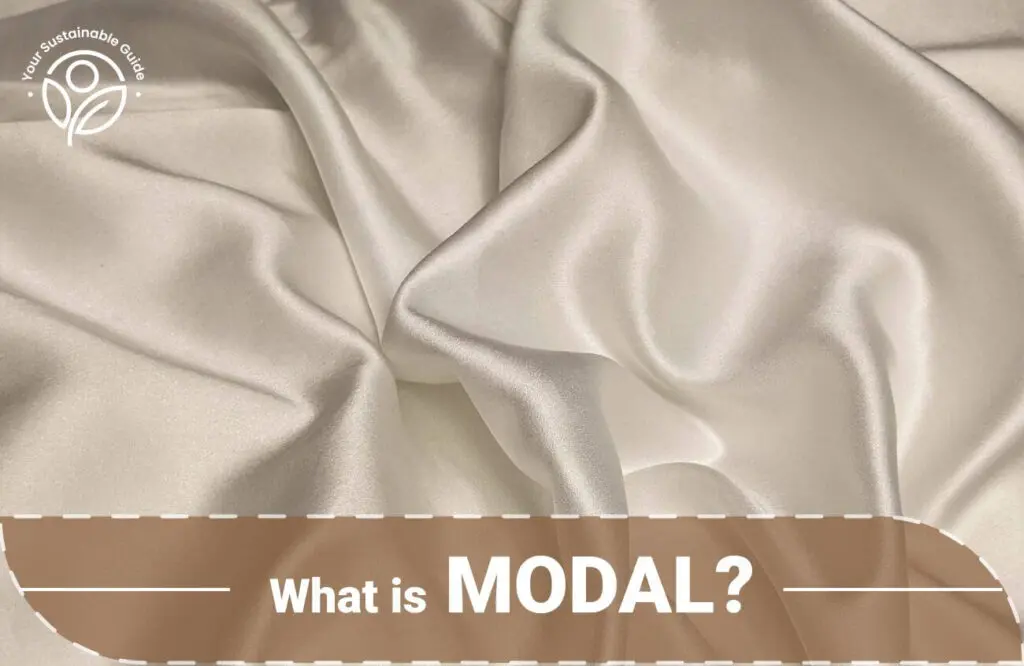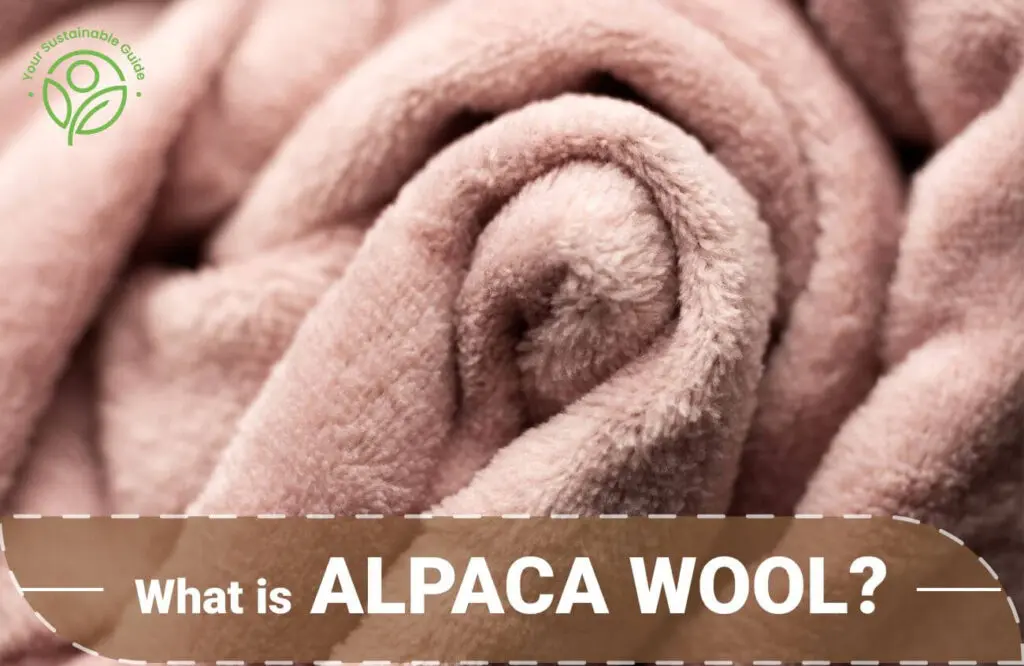Wool is undoubtedly the first fabric that comes to mind when we think of warm, cozy, and comfortable clothes. The wool industry has a reasonably healthy image, where we imagine well-raised sheep, that roam around the rolling hills freely, and get rounded up from time to time for a haircut (shearing) which is essential for the sheep to lead a healthy and comfortable life. So far so good, and a win-win for all, right? But is it really the reality?
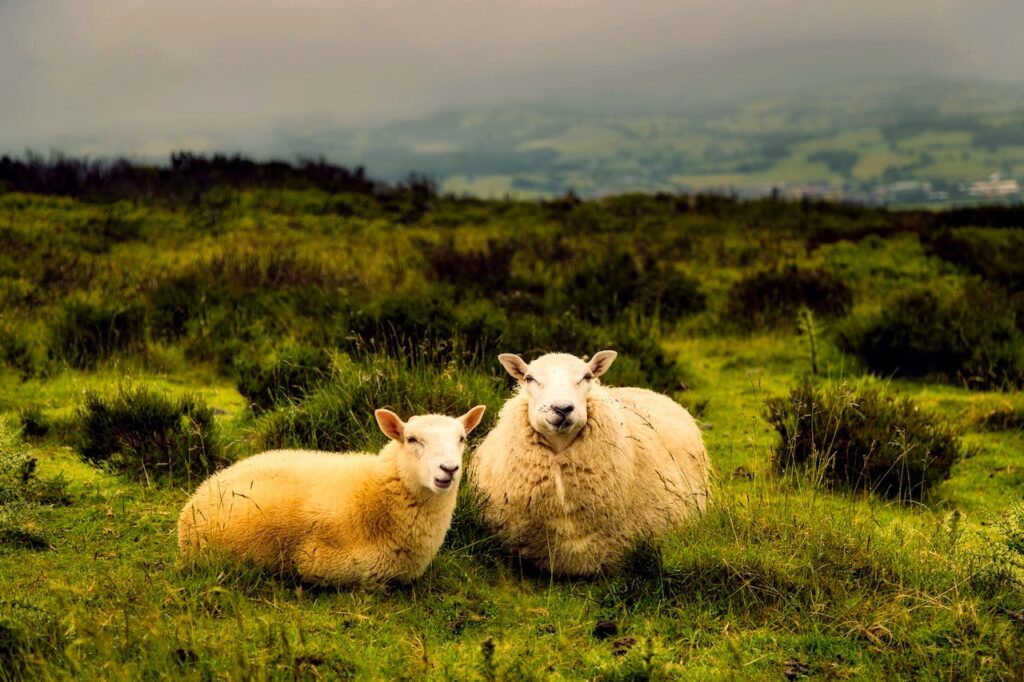
In our journey to unravel sustainable fabrics, today’s feature covers the most loved merino wool, which falls in the category of sustainable wool fabrics. Naturally, as the name goes, merino wool comes from merino sheep. OMG! Just look at these adorbs! These cute fuzzy sheep species are a vision and clothes made from the wool harvested from them are just ‘oh it feels like heaven’ kinda great.
But in reality, everything might not be so wholesome because wool has a number of environmental and animal welfare concerns. Keep reading to know if merino wool is really sustainable and cruelty-free.
- What is Merino Wool?
- Is Merino Wool Sustainable?
- Is Merino Wool Ethical?
- Is Merino Wool Cruelty-Free?
- Is Merino Wool Affordable?
- Merino Wool Certifications
- Properties of Merino Wool
- Pros & Cons of Merino Wool
- Uses of Merino Wool
- How to Care for Merino Wool
- Famous Brands That Use Merino Wool
- Best Alternatives to Merino Wool
- Conclusion
What is Merino Wool?
Merino wool is a natural fleece derived from Merino sheep. This fiber is exquisitely soft and lighter than any other wool making it perfect for winter clothing. Add to that, it is highly insulative, water-resistant, and has good absorbency qualities. For all these properties, merino wool is quite popular for making undergarments as it is easy on your skin and keeps your body at a pleasant temperature in every weather condition.
Once worn only by royalty, merino wool is now an accessible luxury that is also quite durable. Merino sheep are renowned for their fine and soft wool and these animals can thrive even in extreme climates. The fleece obtained from merino sheep comes in various grades, and ultra-fine merino wool is suitable for blending with cashmere or silk. The different types of merino wool grades are Broad merino wool, Medium merino wool, Fine merino wool, Superfine merino wool, and Ultrafine merino wool.
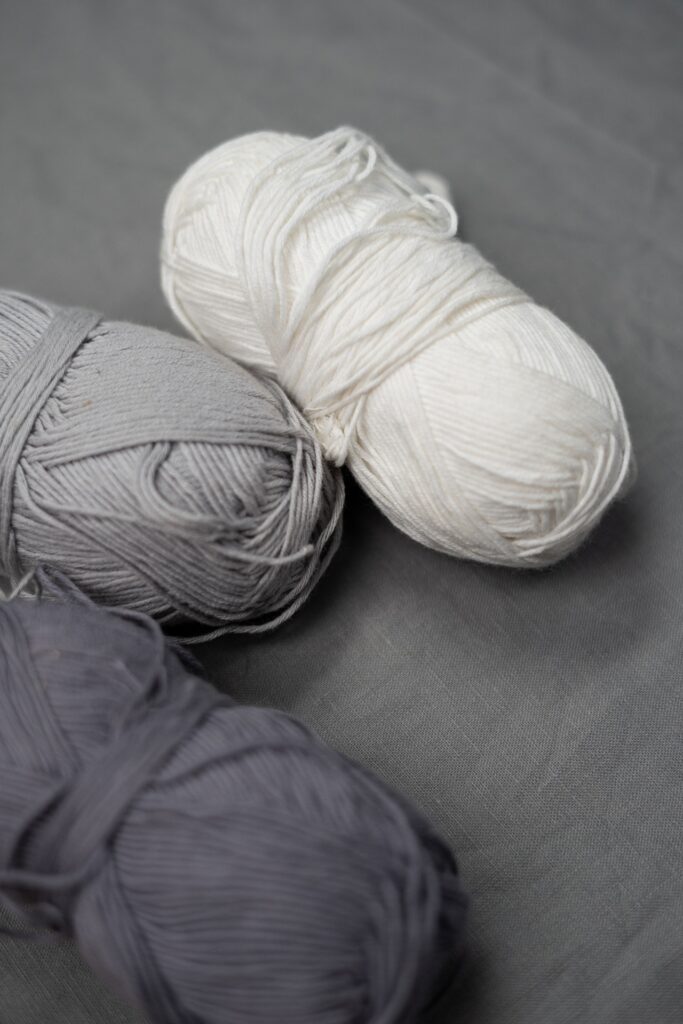
Recognized by their thick fleeces and rams with large curly horns, merino sheep were originally first spotted in Spain during the 13th century. However, opinions are varied; while some scholars stipulate that this sheep breed was actually imported from Morocco, others claim that merino sheep is an outcome of selective breeding between the Spanish sheep and Moroccan rams. Well, whatever the assumptions are, one thing is clear, merino sheep possess the features of both Arabian and European sheep breeds and were carefully bred to produce the finest possible wool fibers.
In 1797, merino sheep were first brought to the Australian soils, where breeders started the selective breeding process to achieve the finest version of luxurious merino wool. At present, Australia is the leading exporter of merino wool but to meet the growing market demands, merino sheep are also raised in parts of Sweden, New Zealand, Uruguay, Argentina, Chile, and South Africa.
How is Merino Wool Harvested?
Merino sheep are classified under different breeds, depending on the quality of wool, which become ready to be shorn at varying rates. While some merinos are fit to be shorn every 2-3 months, others may take up to 6-8 months to become ready for shearing. These sheep can produce somewhere between 3-18 kilograms of wool per year.
Freshly-shorn wool is generally greasy since it remains steeped with sheep skin oils. Once shorn, the greasy wool is cleaned and sorted into grades as per their quality. Next, the fibers are carded (combed through) to achieve long, thin strings which are now ready to be spun. Merino wool is spun separately as per their grades, the spun wool are then loaded onto reels making them ready to go through the weaving process.
Most varieties of merino wool fabric feature either plain-weave or twill-weave patterns, but merino wool yarn can also be knitted using industrial knitting machines. Individual yarns are dyed separately before the weaving process for fabrics designed to feature multiple colors, but in case of only one color feature, yarns can be dyed in bulk after getting woven or knitted into the fabric as well.
It is rare for merino wool to go through chemical treatments since they are fire-resistive in nature, but sometimes they do go through water-proofing treatments.
Is Merino Wool Sustainable?
Merino wool is 100% biodegradable and eco-friendly in nature. Since wool is a naturally obtained material that doesn’t go through chemical processing, it doesn’t contribute to microplastic pollution. Plus, it is known to be the most reused and recyclable fiber on the planet. Merino wool is a durable fiber so garments made from this fleece are known to have an extended lifespan. In addition, they don’t need to be washed frequently, resulting in a reduction in water wastage. But wait! It’s not all scar-free!
Because of merino wool’s growing demand, merino sheep are grown in multitudes and so much of sheep-raising is unnatural for our planet and does impact the environment. The primary negative impact of merino wool production on the environment is soil erosion. If merino sheep do not have vast pastures to graze, they can harm surrounding plants and soil, leaving behind large swaths of barren land. However, countering this potential environmental harm is easy by simply breeding Merino sheep using sustainable methods.
Is Merino Wool Ethical?
As much as we want to believe that sheep move free-range, graze through paddocks from paddocks, and get shorn when the time is right just like the old times’ holistic approach, it might not always be true. Most of the time, merino sheep are bred in captivity, overgrazing on the same patch of land until the grass completely disappears. This, in turn, led humans to start growing grain to feed their livestock, and dumping all the waste from Concentrated Animal Feed Operations (CAFOs) in toxic pits.
Tail docking, mulesing, and castration are other common practices suffered by merino sheep and once they stop producing quality wool, the sheep are slaughtered for their meat in masses without any second thought. However, if you absolutely love wearing merino wool, you can buy ethical merino wool by checking for standards and certifications that ensure fair treatment of these innocent animals.
Is Merino Wool Cruelty-Free?
Merino wool is not entirely cruelty-free. While a lot of certified breeders follow ethical and cruelty-free standards in raising their flocks of merino sheep and harvest the wool using pain and stress-free methods, this might not be the case with a majority of other merino breeders.
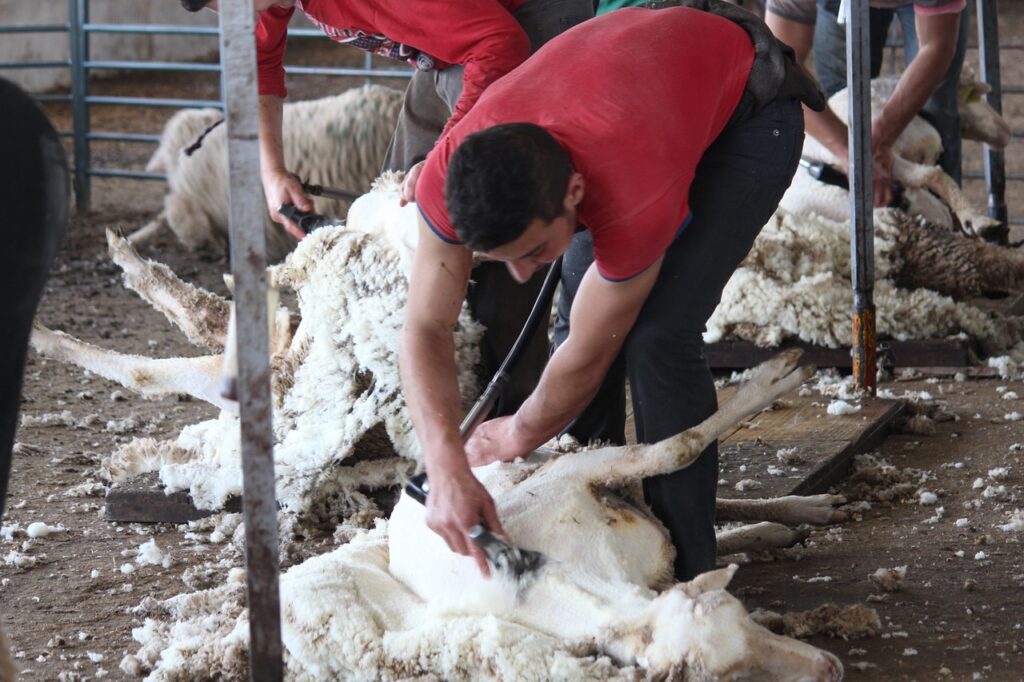
Shearers are usually paid by the amount of fleece collected and not by the hour, resulting in working fast without paying any attention to the animal’s wellbeing. They often kick, punch and inflict other forms of rampant abuse on the sheep when they try to refrain from being shorn.
Painful procedures like ‘mulesing’ (cutting out a large chunk of skin from the sheep’s buttock area), ‘castration’, and ‘tail docking’ (chopping off a lamb’s tail) without providing any pain relief to the sheep are also quite common. PETA strongly criticizes merino wool and has long termed it extremely cruel.
Is Merino Wool Affordable?
Merino wool is generally the least expensive type of wool despite its luxurious softness. Merino sheep cover a significant part of Australia’s livestock farming and because of the massive breeding of merino sheep done in Australia and some other countries, there has been no trouble in keeping up with the rising demand for merino wool, resulting in lowering the prices for this wool.
Besides, most grades of merino wool are cheaper than alpaca wool, cashmere, mohair, or other soft wool varieties. In some cases, merino wool products were also similarly priced as cotton. However, high-grade or sustainably harvested organic types of merino wool are the most expensive.
Merino Wool Certifications
In order to make the right choice and buy from sustainable and ethical merino breeders, you can look for the following standards and certifications.
- Responsible Wool Standard
- ZQ Merino Standard
- Woolmark Certificate
- Soil Association Organic Standard
- Commonwealth Scientific and Industrial Research Organization of Australia (CSIRO)
Properties of Merino Wool
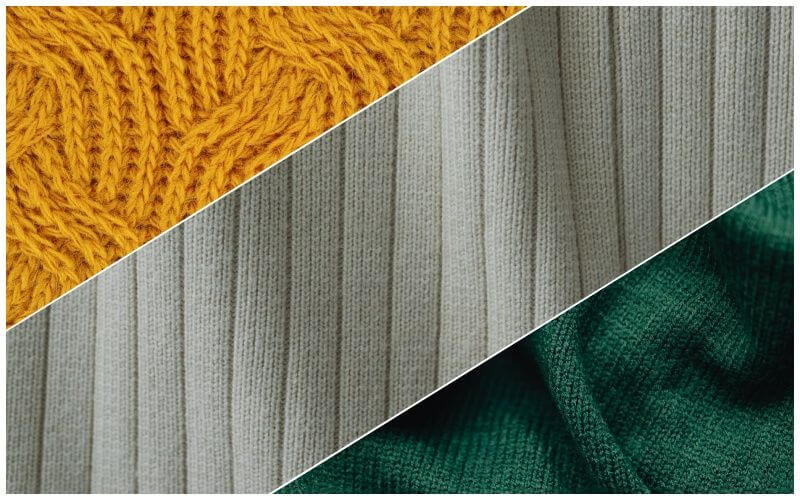
- Merino wool is 100% biodegradable.
- It is as soft as organic cotton and merino garments feel like ‘second skin’.
- Merino wool is pretty durable and strong. Items made of merino tend to have a longer lifespan.
- It has great breathability as it absorbs and evaporates moisture and regulates body temperature.
- Merino wool is highly insulative.
- It has good water-resistance ability and can absorb up to 30% of the water before it starts to feel wet.
- Merino wool has a natural cooling mechanism that helps to regulate body heat, making merino wool products ideal to be worn even in summer.
- It is odor-resistant and requires fewer wash cycles.
- Merino wool is hypoallergenic, it doesn’t itch and suits all skin types, unlike many other varieties of wool clothing.
- It is elastic in nature and can stretch 5 times more than cotton.
- Merino wool is wrinkle-resistant and drapes really well.
Pros & Cons of Merino Wool
Pros of Merino Wool:
- Merino wool fabric is completely natural, making it fully biodegradable.
- Merino wool has good moisture-wicking abilities, and because of this property, it absorbs odor and is resistant to bacteria.
- It is incredibly soft, lightweight, and gentle on the skin.
- Merino wool is anti-allergenic. People with medical conditions like asthma can not usually wear pure wool clothing, but they can easily wear merino wool.
- Clothes made from merino wool can be worn throughout the year because they have both cooling and warming properties that regulate body temperature.
- Merino wool is flameproof and anti-static.
- The high-density knit pattern makes merino wool garments less wear-and-tear-prone, giving them a decent lifespan.
- Merino wool naturally provides UV (Ultraviolet) protection with a UPF (Ultraviolet Protection Factor) that can go up to 40+.
Cons of Merino Wool:
- In most cases, merino sheep undergo an immense level of abuse by breeders and shearers, as they are seen more like wool-producing profit machines and not as living beings.
- Commercialization has led to over breeding of merino sheep which ultimately affects the environment.
- Because of merino wool’s quality to absorb high levels of water, they take a longer time to dry when washed.
- Not all merino wool products provide the same level of softness as advertised. Softness totally depends on the grades and finer levels of merino wool.
- Although merino wool is versatile and can be used in crafting many types of garments, but the designs tend to be always plain and basic.
- Merino wool isn’t as affordable as it is marketed. High-quality merino wool that comes from sustainable breeders is in fact quite expensive.
- Moths love merino wool.
Uses of Merino Wool

- Merino wool is used in making winter garments like lightweight sweaters, blazers, outerwear, hoodies, the inner lining of jackets, scarves, gloves, tights, and socks. They also make for good base layers for winter.
- It is also used in making innerwear and clothing essentials used in adventure sports like hiking climbing, etc.
- Merino wool also works great in summer clothing like daily wear t-shirts, trousers, loungewear, etc.
- Merino wool is also used in home textiles like blankets, throws, warm bedsheets, duvets, comforters, etc.
How to Care for Merino Wool
- Merino wool clothing can be machine-washed. All you need to do is turn your garments inside out and place them in a mesh-styled laundry bag. Then, wash on a delicate cycle or wool cycle in cold water. Once cleaned, quickly take out the item to avoid creasing.
- Merino wool clothing can also be hand-washed. Just soak the item in cold water with a wool-specific mild detergent. Rinse with a light hand and squeeze out excess water. Do not wring, as that may lead the garment to lose its original shape.
- Lay your merino items flat to dry and re-shape accordingly. Never put them in the dryer, as that will lead to shrinking.
- Stains should be treated immediately with a spot treatment.
- If you need to wash a more structured merino wool item like a blazer or outerwear, it’s best to dry clean the item.
Famous Brands That Use Merino Wool
- Ice Breaker
- Unbound Merino
- Allbirds
- Woolrich
- WoolX
- Pendleton
- Ibex
- Duckworth
- Armadillo Merino
- Patagonia
Best Alternatives to Merino Wool
Alpaca Wool – Alpaca wool is a natural fiber harvested from alpacas, a type of camelid native to South American countries. This variety of wool is exceptionally soft and luxurious. It is also hypoallergenic, highly insulative, and has a smooth touch. More expensive than merino wool, alpaca wool can be a great substitute for merino wool because both these wool types share similar properties. In fact, alpaca wool is considered better than merino wool.
Mohair – Mohair is the fleece obtained from angora goats. It is one of the most prized natural fibers known for its softness and it is even termed as the ‘diamond fiber’ because of its sheen and luster. Mohair is used in making a pool of products ranging from clothing to upholstery to home textiles. It is anti-allergenic and cozy just like alpaca wool and merino wool and is quite expensive.
Woocoa – Woocoa is a vegan wool developed by a group of design students from the Universidad de Los Andes in Bogotá, Colombia. This biofabricated material is made from hemp and coconut fibers and treated with oyster mushroom enzymes in a controlled environment. Woocoa is a soft, high-quality textile that is breathable in summer and keeps you cozy in winter. It has also won the PETA Prize for Animal-Free Wool in the 2018 Biodesign Challenge.
Conclusion
We completely back that every natural fiber is better than synthetic ones. But while merino wool has many climate benefits, due to excessive breeding the process has become particularly unkind to the merino sheep as well as the planet.
However, as we conclude, we hope that we’ve equipped you with enough knowledge to look for the most sustainable and cruelty-free merino wool. Understand, that ultimately, you hold the power to stop mulesing, castration, and tail docking practices by being aware of the sourcing methods of your favorite Merino wool brands. By choosing right you can be part of the movement to prohibit the sourcing of wool from farmers who practice mulesing by purchasing Merino that is mulesing-free.


